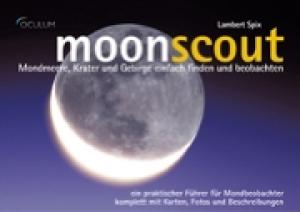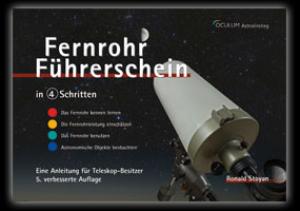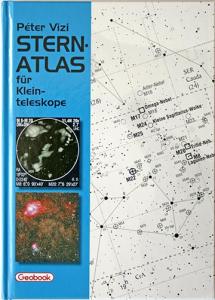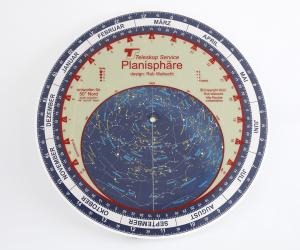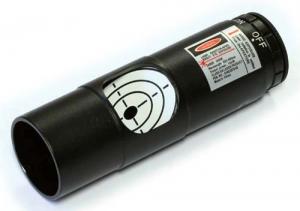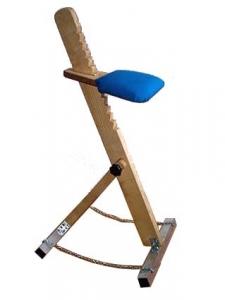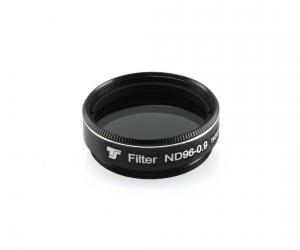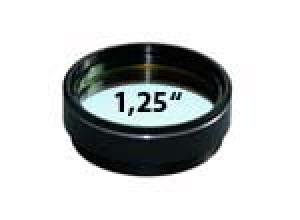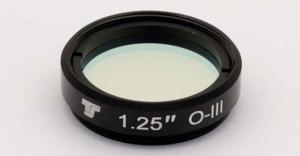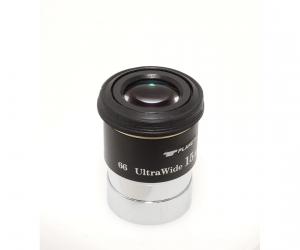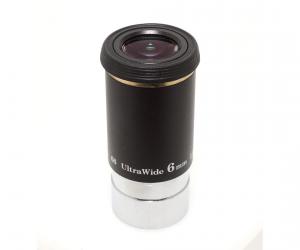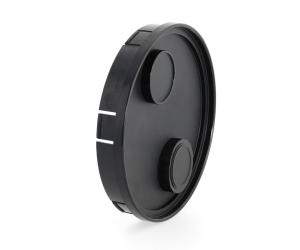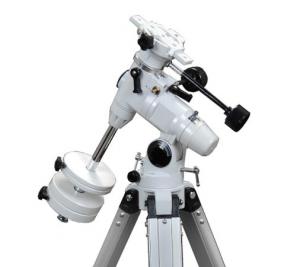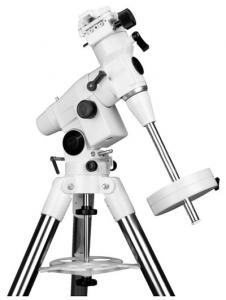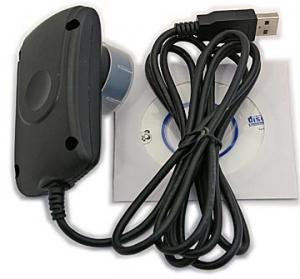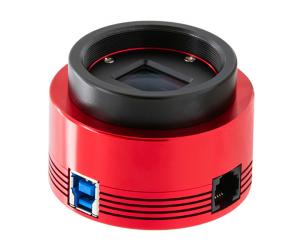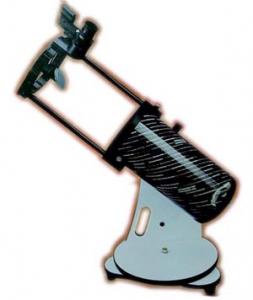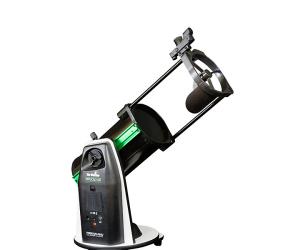- Telescopes
- Overview:
Telescopes - Achromatic Refractor
- Apochromatic Refractor
- Overview:
Apochromatic Refractor - ED Refractor - less color aberration than an achromatic
- SD APO - color free 2-element APO objective
- EDT APO - 3 element ED objective
- High End APO with 3-element APO objective - no color aberation
- Flatfield APO with flat field for Astrophotography
- All Apos and EDs from all manufacturers - large overview
- TS APO and ED from Japan with high quality optics
- Overview:
- Newtonian Telescopes
- Dobsonian Telescopes
- RC Ritchey Chretien Telescopes
- Casssegrain Telescopes
- Reflektor Telescopce with Lens Correcture
- Maksutov Cassegrain Telescopes
- GoTo Telescopes
- Solar Telescopes H-Alpha
- Overview:
- Mounts Tripods Rings Rails Power Supply ...
- Overview:
Mounts Tripods Rings Rails Power Supply ... - Mounts Equatorial with GoTo
- Mounts Equatorial without GoTo
- Mounts Azimutal with GoTo
- Mounts Azimutal without GoTo
- Mounts GoTo - Harmonic Drive
- Travel mounts for astro imaging
- Tripods Piers Polar Wedges
- Mount Control & Electronics
- Dovetail Clamps, Plates and Mount Adapters
- Tube Rings
- Power Supply
- Counterweights Balance Weights
- Mount Accessories - Other
- Overview:
- Telescope Accessories
- Overview:
Telescope Accessories - Eyepieces
- Barlows & Reducer Lenses
- Diagonal Mirrors and Prisms
- Binocular Viewers
- Finder Scopes
- Telescope Collimation and Test
- Cleaning Tools
- Transport and Storage
- Dust protection for Telescopes & Accessories
- Stray Light Protection
- Dewcaps and Heater
- Focusers, Adapters, Motorfocus
- Telescope DIY & Improvement
- Other telescope accessories
- Replacement Parts
- Overview:
- Filters
- Overview:
Filters - Color Filters and Color Filtersets
- Nebular Filters for Visual Observing
- Neutral-Density and Polfilter
- Photo Narrowband Nebular Filters
- Photo Broadband Filters
- Photo Planetary Filters
- Photo R-G-B and IR Cut Filters
- Photo - Filtersets
- Photometric Filters
- Clip Filter for DSLR Cameras
- Filter Wheels and Filterslider
- Solar Filters for white light
- Solarfilter for H-Alpha and Calcium
- Overview:
- Adaptors
- Overview:
Adaptors - Adapter 1,25" and 24,5mm
- Adapter 2"
- Adapter T2 - M42x0.75
- Adapter M48x0,75
- Adapter M54
- Adapter SC
- Adapter M63
- Adapter M68
- Adapter to other Threads
- Adapter Extensions
- Adapter camera bayonet
- Adapter Objective Filterthread
- Adapter Quick Changing , Rotation
- Adapter Eyepiece Projection
- Adapters Tilting
- Overview:
- Astrophotography and Photography
- Overview:
Astrophotography and Photography - Cooled Cameras
- Cameras without Cooling
- Deep-Sky Cameras uncooled
- Set-Offers Camera, Filter, Wheels
- Acessories for Cameras
- Travel mounts for astro imaging
- Imaging Correctors for Telescopes
- Autoguiding Cameras & Sets
- Everything for Guiding
- Focusing aids - Bahtinov mascs
- Flat Field foils and boxes
- Lenses for Cameras
- Piggyback Camera Holder
- Camera Bags, Photocases & more
- Digital Camera and Smartphone Adapter
- Other photo accessories
- Overview:
- Binoculars, Spotting Scopes, Microscopes, Range Finders
- Overview:
Binoculars, Spotting Scopes, Microscopes, Range Finders - Roof Prism Binoculars
- Binoculars with Porro prisms
- Binoculars from 100mm Aperture
- Binoculars with 1,25 inch eyepieces
- TSMX APO Binoculars
- Binoculars for Astronomy
- Binoculars Hiking Bird watching
- Monoculars - Opera Binoculars
- Accessories for Binoculars
- Spotting Scopes
- Range Finders
- Microscopy
- Bags for Phototripods & Binoculars
- Overview:
- Phototripods and Binomounts
- Books, Software
- Overview:
Books, Software - Books for Astronomy Beginners
- Star Charts and Planispheres
- Books about our Solar System
- Observing Tips for Amateurs
- Popular Astronomy Literature
- Teaching material
- Astrophotography books
- Telescopes, Observatories, Construction
- Calendars Yearbooks
- Software, Star Charts
- Books for Microscopers
- Books Nature and Animals
- Nature Photography TimeLapse
- Overview:
- Night Vision, Magnifiers, Weather, Domes & more
- Beginner Astronomy and Gift Ideas
- Second Hand & Special Offers
- New products
Manufacturer: Skywatcher
Product number: SKFXD6
EUR345.00new
EUR 345,00
incl. 19 % VAT (DE)
The VAT indicated refers to that applicable in Germany. After logging in, the VAT amount is adjusted to the applicable VAT of the stored delivery country. Therefore, the final price may vary accordingly.
excl. 11.95 € shipping costs (DE)
more details to the shipping costs ...Please log in to calculate shipping costs to your country.
There are no reviews for this product
- Details..
- Technical data..
- In the box..
Skywatcher 150 mm (6") Dobsonian - Newtonian Telescope
This compact Sky-Watcher Dobsonian telescope contains the same high-quality parabolic primary mirror as the well-known Explorer 150P. This telescope is an excellent and versatile all-rounder and allows wonderful observations of the moon and planets, but also deep-sky objects. The patented, collapsible FlexTube tube makes it especially easy to transport and requires little space. The manually swivelled Dobsonian includes an alt-azimuth mount that is particularly easy to operate, making it a highly transportable system that you can simply take with you wherever you go. The telescope comes completely assembled in an attractive gift box.The Heritage 150P is optimized for observation
The Dobsonian has a good parabolic primary mirror. So not only thousands of nebulae, star clusters and galaxies can be observed, but also details on the moon´s surface and planets. Among others are already visible:So easy is the handling of the Heritage 150P
The Heritage is a classic Dobsonian. The operation is therefore very simple.Upgradable up to a fully-fledged amateur telescope
The Heritage 150P accommodates 1.25" eyepieces and accessories. Among other things, you can use suitable planetary cameras and take your first pictures of lunar craters and planets.The Newtonian is connected to the alt-azimuth table mount with an EQ5 style dovetail bar. You can attach the telescope to an equatorial mount with tracking at any time without any changes to the telescope. The EQ3 for example holds the light Newtonian very well and offers all possibilities up to automatic object positioning.
User manual
You can find the user manual here: Skywatcher_Heritage_Flextube_130-150_en.pdf| Aperture: | 150 mm |
| Focal length: | 750 mm |
| Focal ratio: | f/5 |
| Primary mirror: | Parabolic primary mirror |
| Tube weight: | 3.5 kg |
| Connection of the tube to the mount: | EQ5 style dovetail bar |
| Mount: | Alt-azimuth Dobsonian table mount |
| Weight of the mount: | 4 kg |
| Shipping weight: | 10.2 kg |
| Shipping size: | 63x42x42 cm |
Recommended accessories
Barlow, Corrector, Reducer
Books
Cleaning & Collimating
Customers who bought this product also bought...
Eyepiece-side accessories like Filters
TS-Optics 1.25" Grey Filter ND 09 - 13% Transmission - Neutral Density
EUR 22,87RRP EUR 24,90you save 8.2% (EUR 2,03)
Eyepieces
TS-Optics Ultra Wide Angle Eyepiece 15 mm 1.25" - 66° field of view
EUR 57,00RRP EUR 64,00you save 10.9% (EUR 7,00)
TS-Optics Ultra Wide Angle Eyepiece 6 mm 1.25" - 66° field of view
EUR 57,00RRP EUR 64,00you save 10.9% (EUR 7,00)
General Accessories
Mounts
Photo Acessories
TS-Optics moon and planetary astro CCD camera with 1,25" connection
EUR 49,98RRP EUR 89,00you save 43.8% (EUR 39,02)
Similar Products
Reviews
Written by Thomas Fehrmann
on 2021-09-01
"Ich verwende das Teleskop für Planeten,Sterne und Galaxienbeobachtung,auch Astrofotographie.Man kann das Teleskop auch Anfänger empfehlen.Die Qualität des Teleskop ist Topp."
















